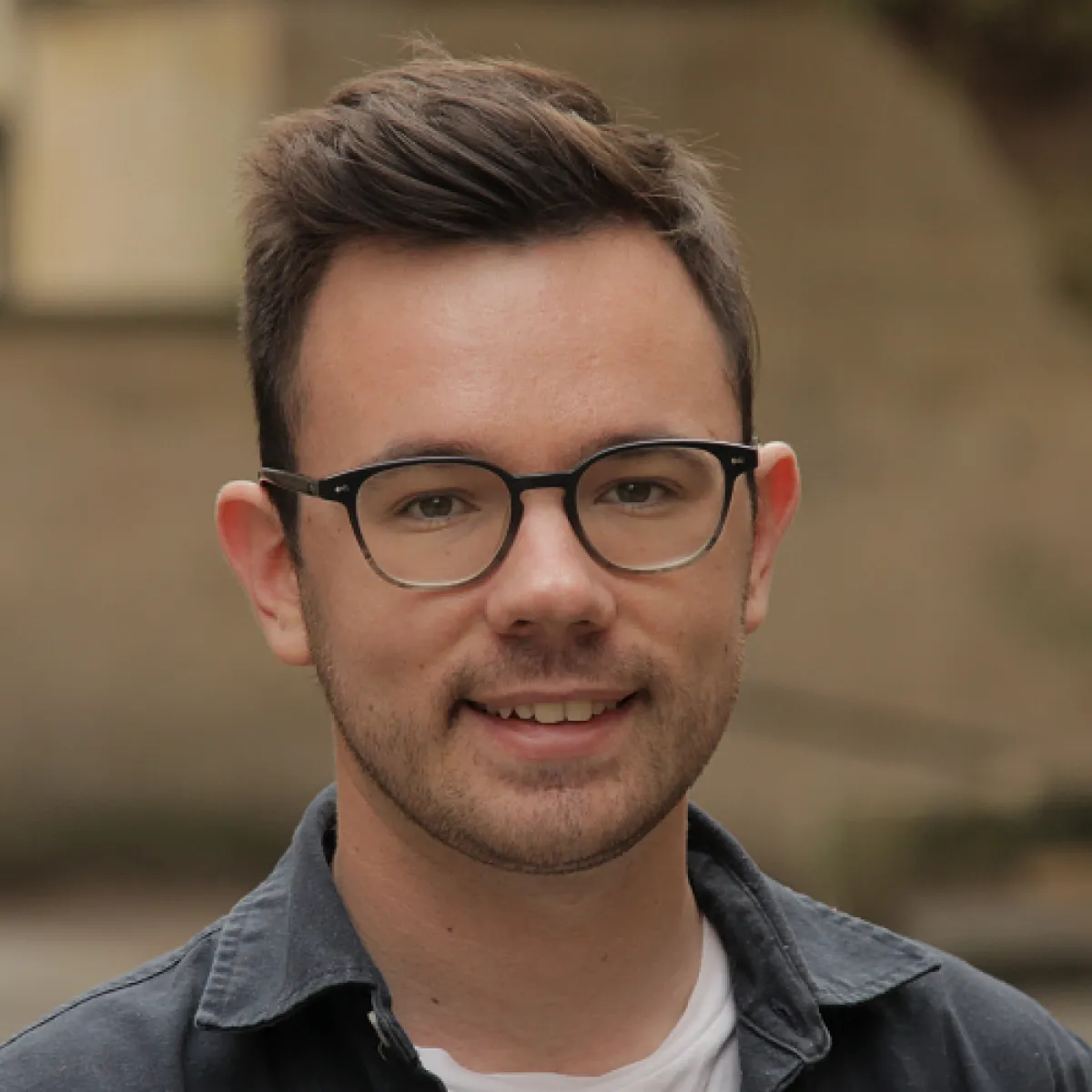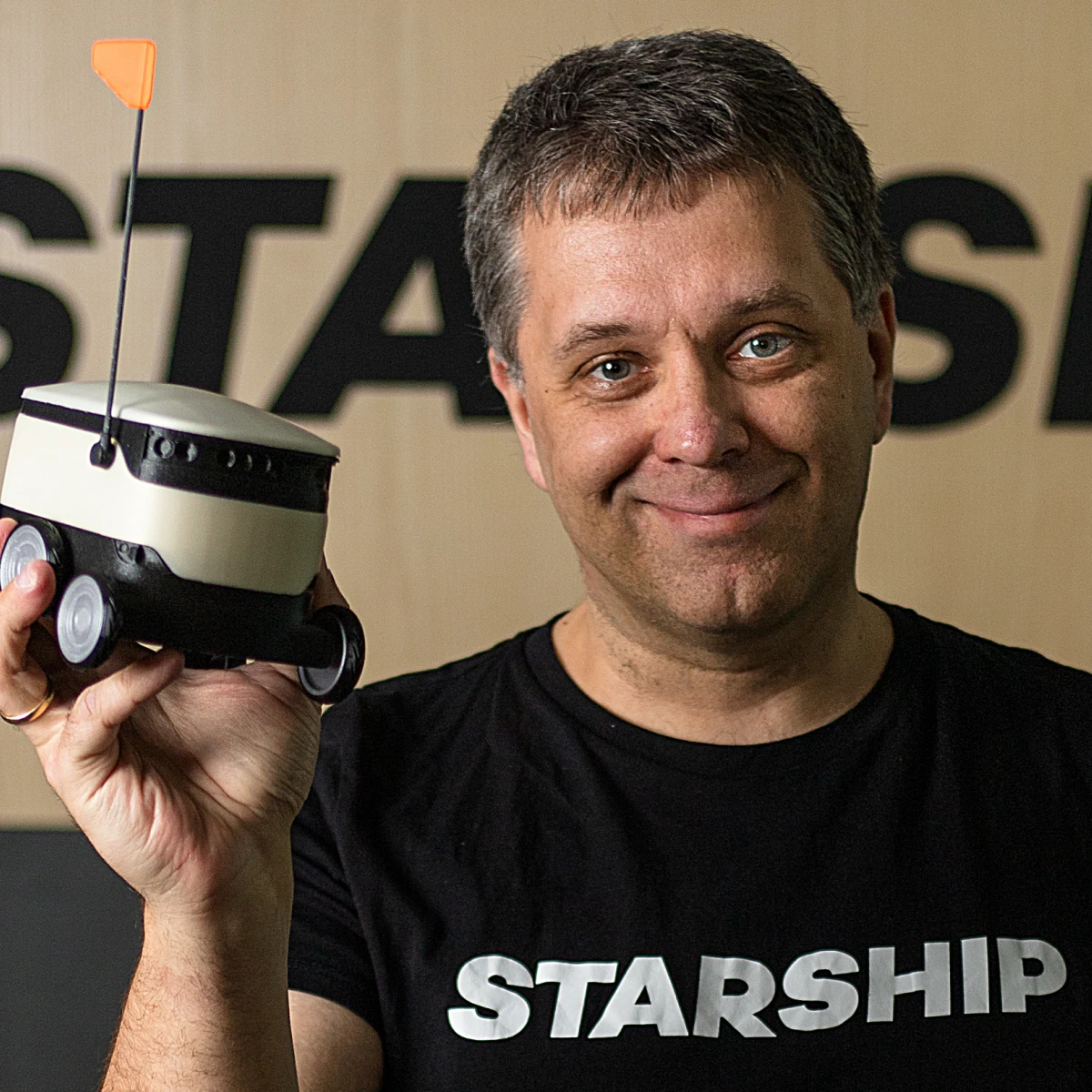Microbes-Soil-Human Interfaces: Designing for the Field Interactions
Soils have the richest biodiversity on Earth. They drive Earth’s ecosystem, providing nourishment and supporting life (Blum 2005). However, soils are degrading, threatened by floods, erosion and pollution (Banwart 2020). The loss of soils is one of the greater threats for humanity. As the story of Skywoman Falling accounts, without a cross-species generosity there would be no soil and no life for humans on Earth (Wall Kimmerer 2013).
In this session, we share interaction design efforts to enable interaction with soils and their microbial species in-situ. Our aim is also to develop human-microbe interfaces that revitalize soil as living matter to enable long-term correspondences between humans and microbes (Ingold 2020) for citizens, farmers, policymakers and researchers.
Human-microbe interactions in the field have been difficult due to the lack of tools and methods. 99% of microbes do not survive lab conditions, yet scientists still perform most of their research in such controlled contexts. Meanwhile, agricultural technologies enforce a disconnection from the complexity of soils, reducing them to resources to be managed (Bui and Franinovic, 2022). This results in objectification of soils as resources providing for humans and to their anthropomorphisation as things to be healed.
Besides scientific, industrial and agricultural applications, we aim to provide our human-microbial interfaces to designers and artists. Design and art practices can mediate scientific and cultural values of soil (Solomon 2021, Bui 2021), foster another understanding of soil as a living being (Toland et al 2018) and can link the microbial to social equity (Ishaq et al 2022). We are dealing with scientific as much as a societal challenge to transform practices of soil management into soil care (Puig de la Bellacasa 2017).
Together with soil scientists from WSL (Institute for forest, snow and landscape research) and ETHZ, we are developing two field tools: the iChip (Berdy et al 2017) and the soil technology from Digit Soil AG (www.digit-soil.com). While the former enables soil microbes that cannot live in the lab to prosper in the field, the latter enables a direct understanding of soil metabolisms by the means of a material membrane reacting to enzyme activity. We further developed these two concepts, by applying field design ethnography and by transferring our active materials approach (Franinovic and Franzke 2019) to microbial contexts.
Key questions that have driven our work are: How can we co-work with microbes beyond their exploitation as materials to build with? What new formats of interaction with microbial worlds can be developed beyond observing them through a loupe? What human and microbial responses can our interfaces trigger?
We are sharing for the first time the public findings from this recently concluded field research, experiments and initial design prototypes, bringing more light into these soil-human-microbe interactions.
Acknowledgements: Digit Soil, WSL, Innosuisse, Laurin Schaffner, MA IAD Students
References
Banwart, Steve. 2020. “Domesticating Soil in Earth’s Critical Zone.” In The Science and Politics of Landing on Earth, ed. Bruno Latour and Peter Weibel. Cambridge, Mass: MIT Press.
Blum, Winfried E. H. “Functions of Soil for Society and the Environment.” Reviews in Environmental Science and Bio/Technology 4, no. 3 (August 2005): 75–79. https://doi.org/10.1007/s11157-005-2236-x.
Puig de la Bellacasa, Maria. “Re-Animating Soils: Transforming Human–Soil Affections through Science, Culture and Community.” The Sociological Review 67, no. 2 (March 2019): 391–407. https://doi.org/10.1177/0038026119830601.
Toland, Alexandra R., Jay Stratton Noller, and Gerd Wessolek, eds. Field to Palette: Dialogues on Soil and Art in the Anthropocene. 1st ed. CRC Press, 2018. https://doi.org/10.1201/b22355.
Kimmerer, Robin Wall. Braiding Sweetgrass. First edition. Minneapolis, Minnesota: Milkweed Editions, 2013.
Myers, William. Bio Design: Nature - Science - Creativity. London: Thames & Hudson, 2012.
Bui, Duy. 2021. on souls and soil. Bachelor's thesis, Zurich University of the Arts. https://interactiondesign.zhdk.ch/site/assets/files/4433/db-osas-single.pdf.
Ishaq, Suzanne L., Francisco J. Parada, Patricia G. Wolf, Carla Y. Bonilla, Megan A. Carney, Amber Benezra, Emily Wissel, et al. “Introducing the Microbes and Social Equity Working Group: Considering the Microbial Components of Social, Environmental, and Health Justice.” Edited by Jack A. Gilbert. MSystems 6, no. 4 (August 31, 2021): e00471-21. https://doi.org/10.1128/mSystems.00471-21.

More Workshops
Partner with us
IxDA is renowned for our conferences — a tradition made possible thanks to our partners. Interaction 23 is a key opportunity to reach the international interaction design community and its stakeholders.
Help us build Interaction 23
Interested in being in the thick of the action with a crew of dedicated folks? If so, we'd love to hear from you! Please fill out our volunteer interest form and someone from our team will be in touch.
Why volunteer?







